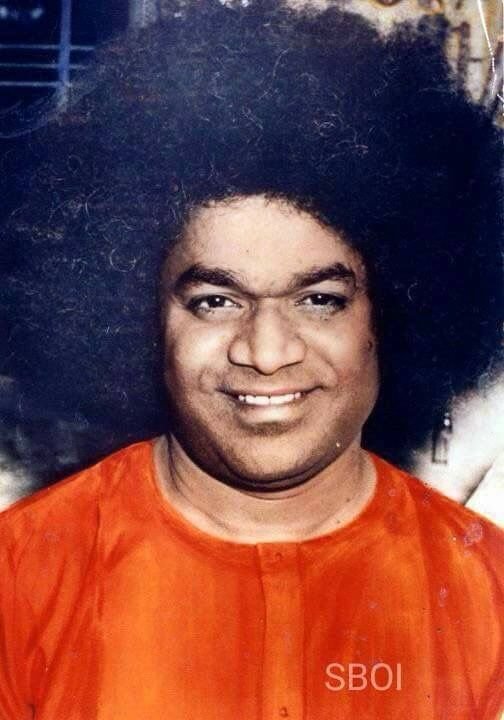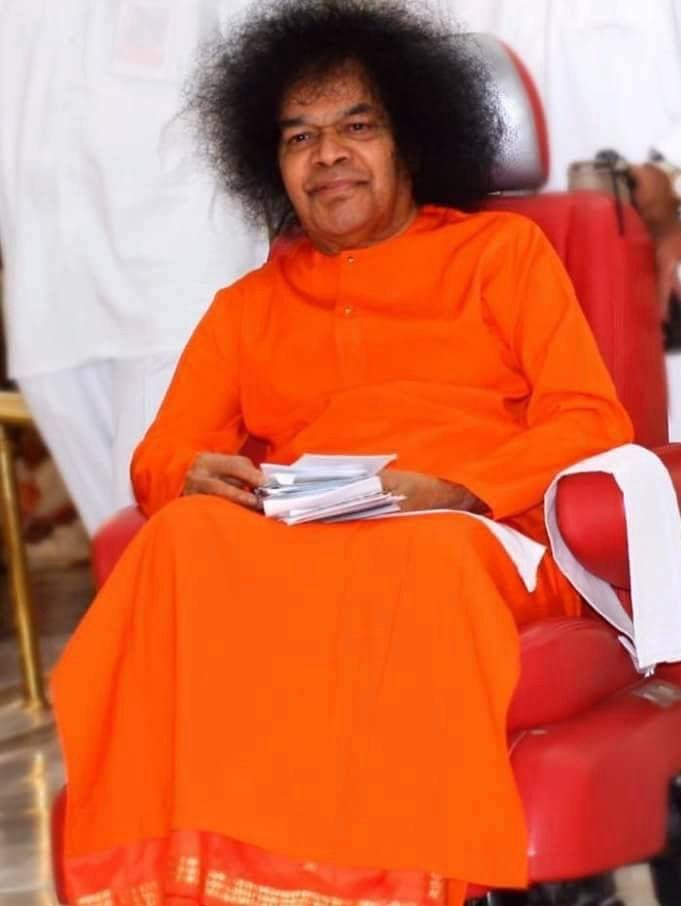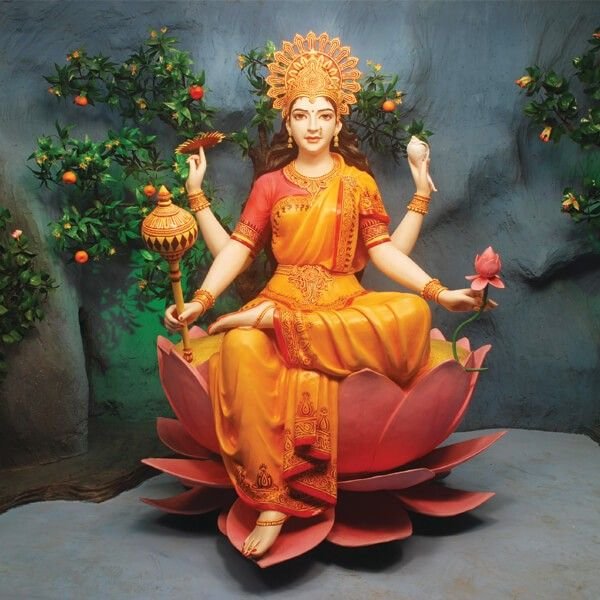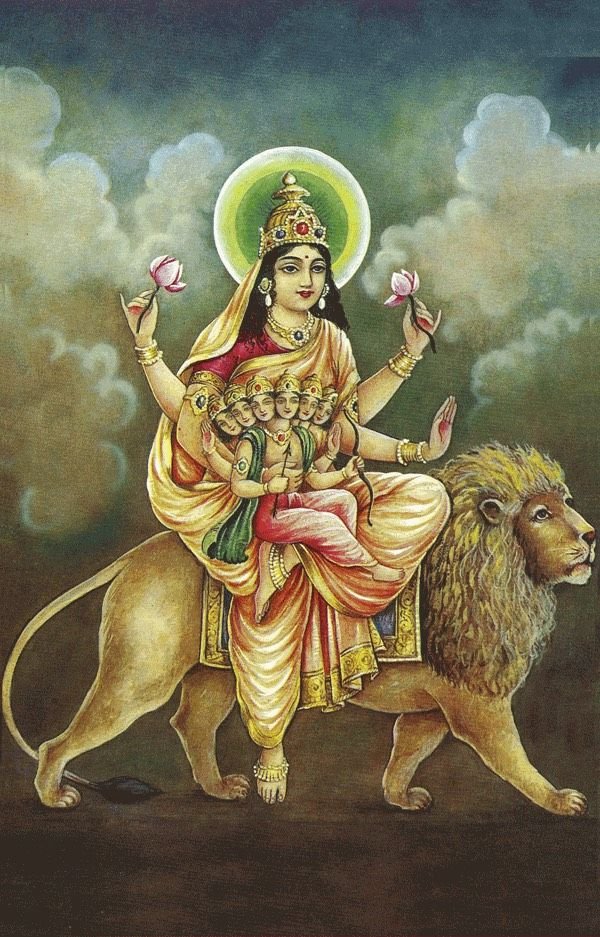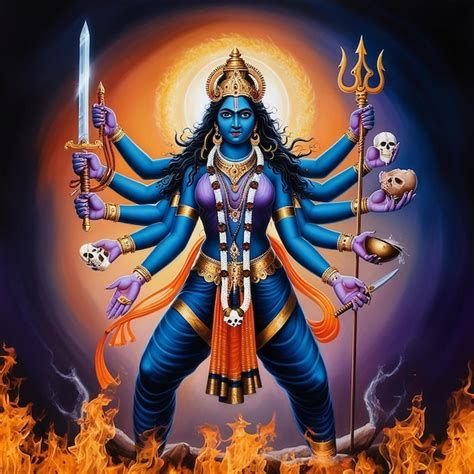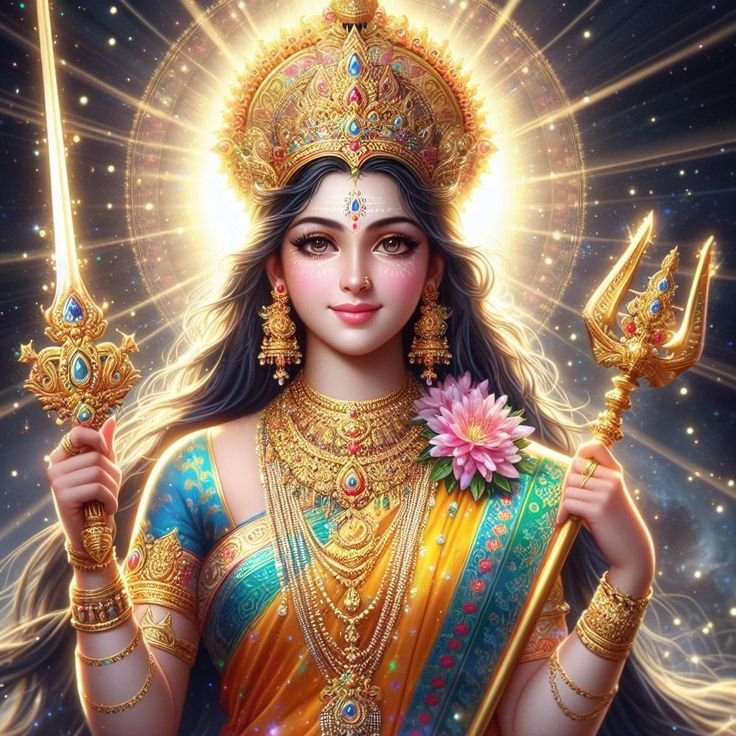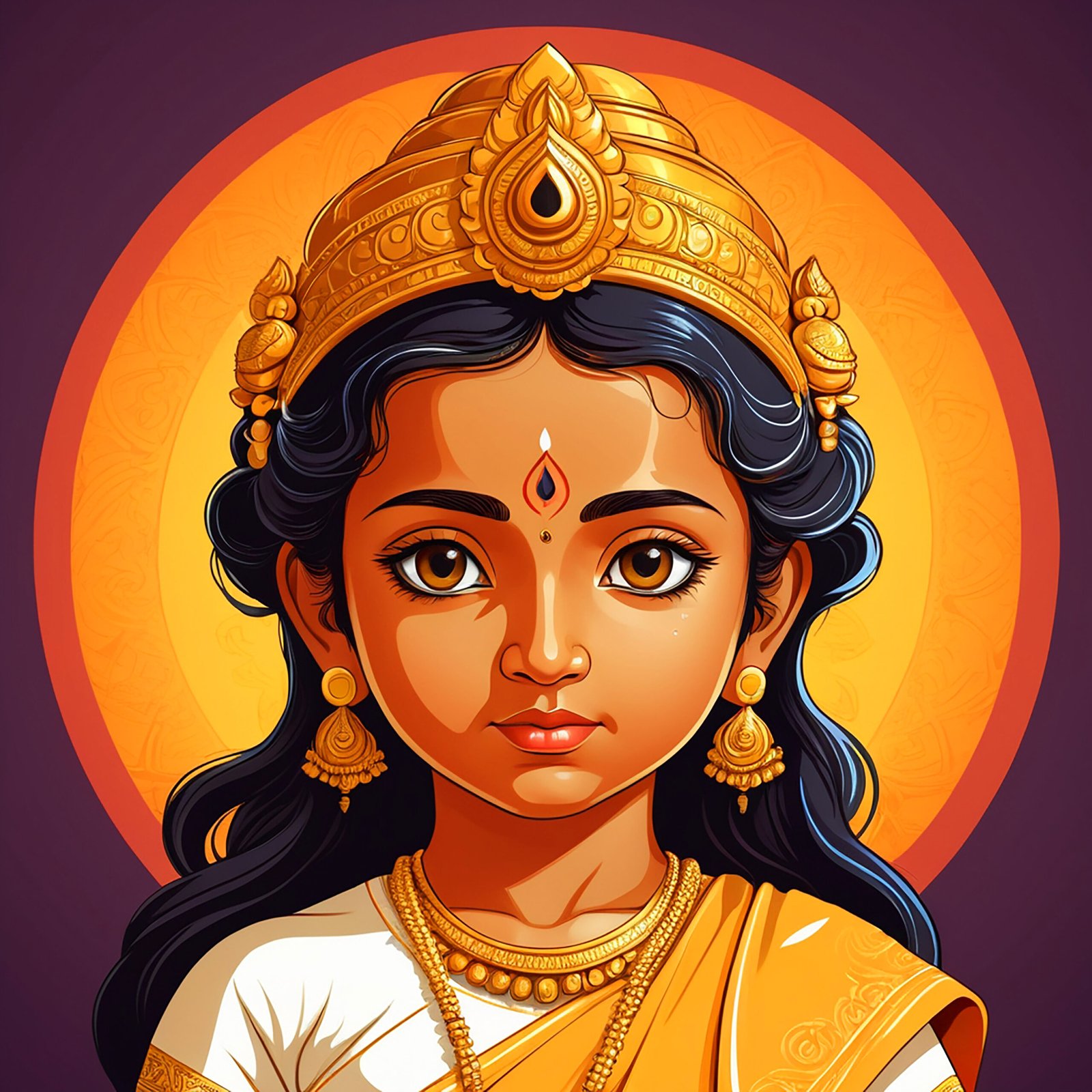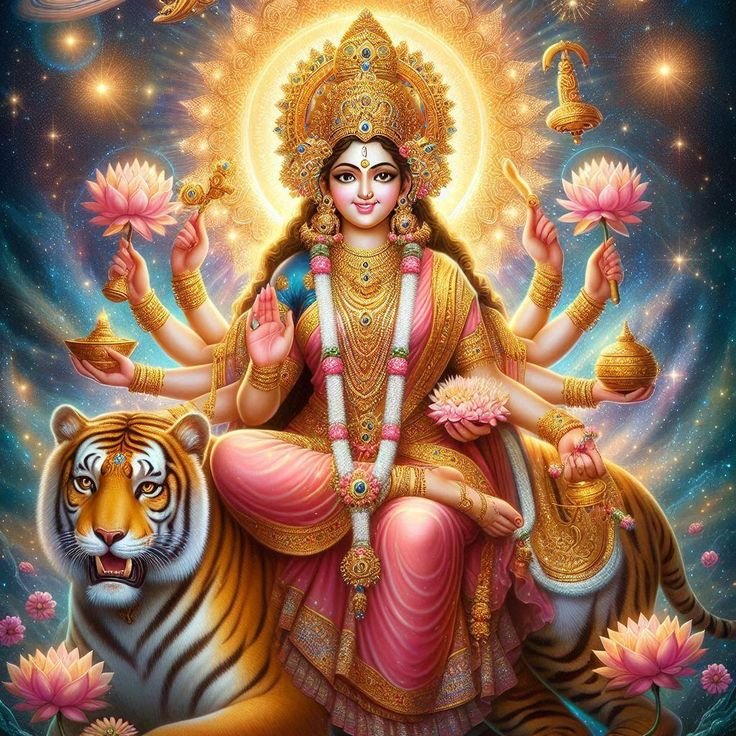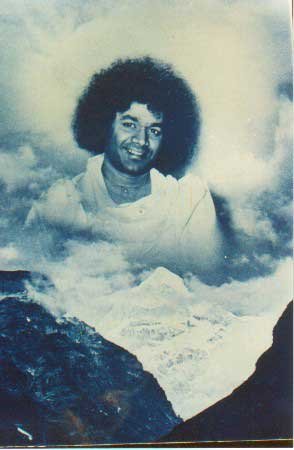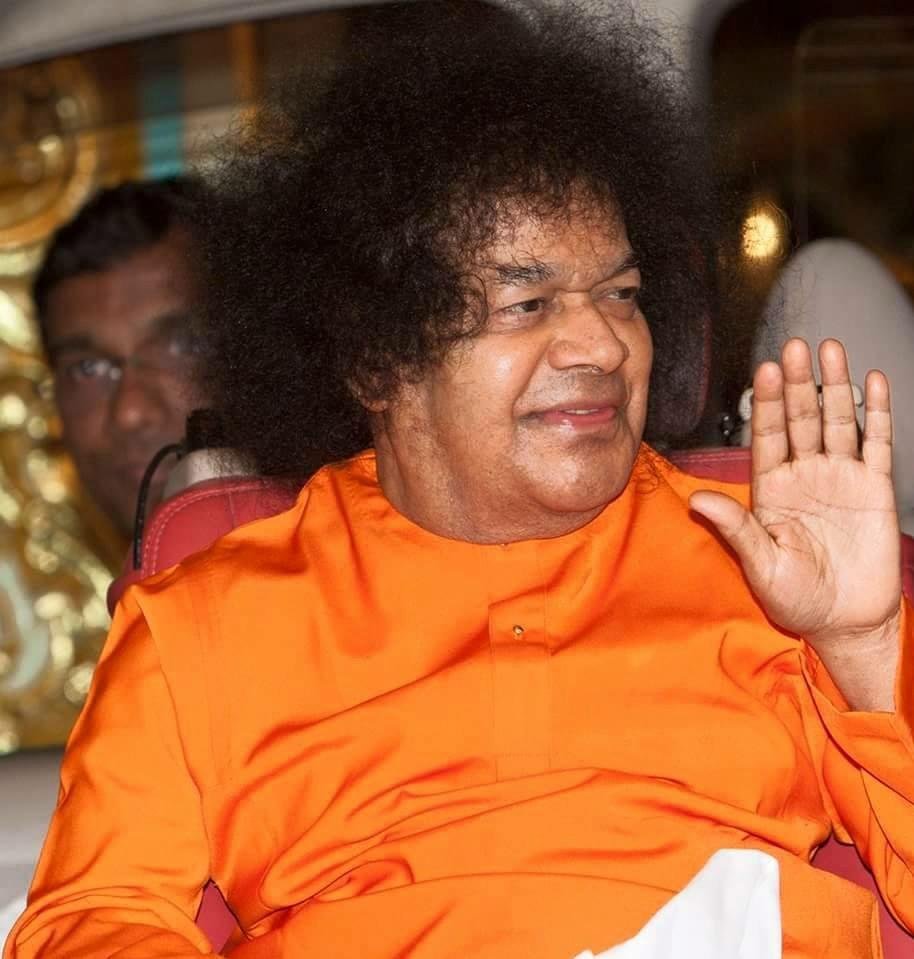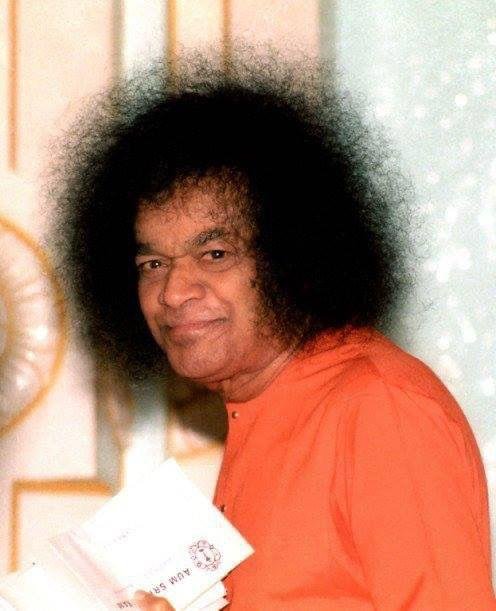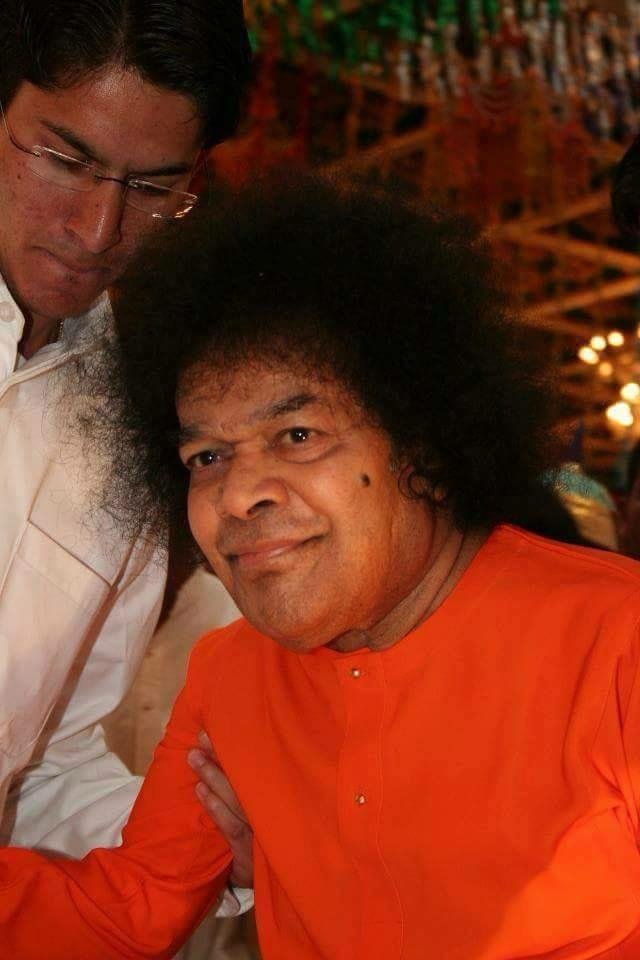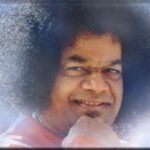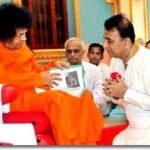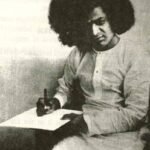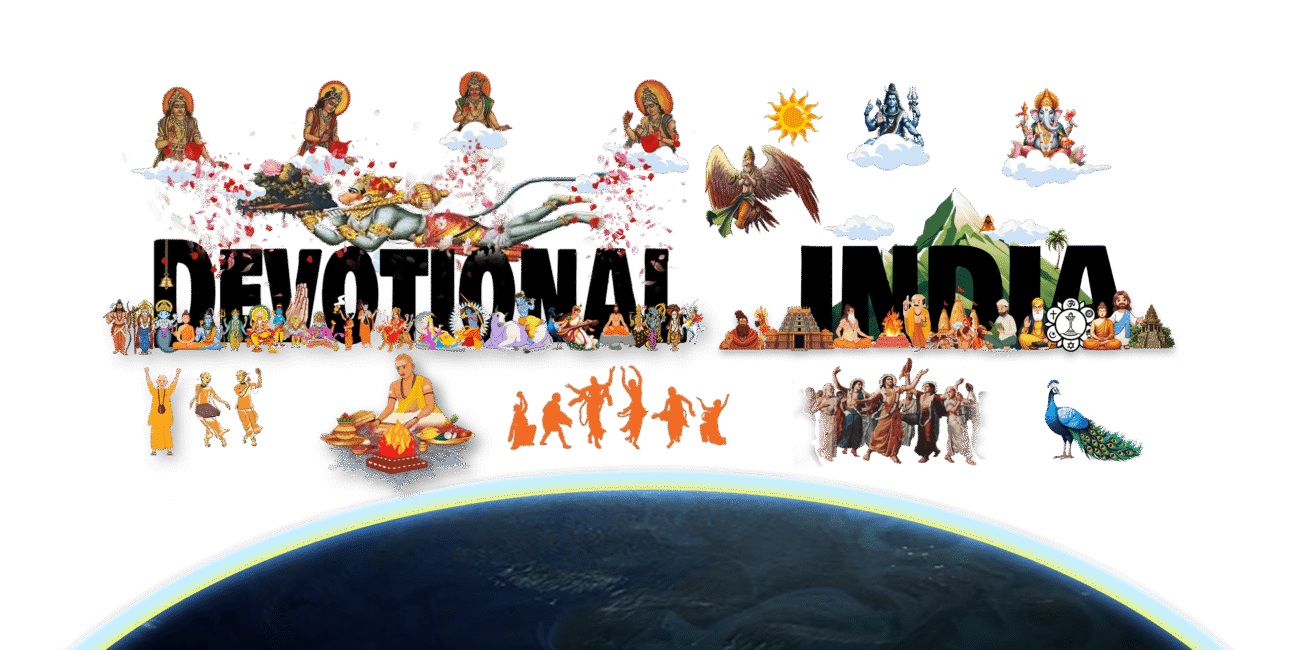Katarmal Sun Temple

The temple stands at an elevation of about 2,116 metres above sea level. It is notable as the only major Surya temple in the hills of Kumaon.

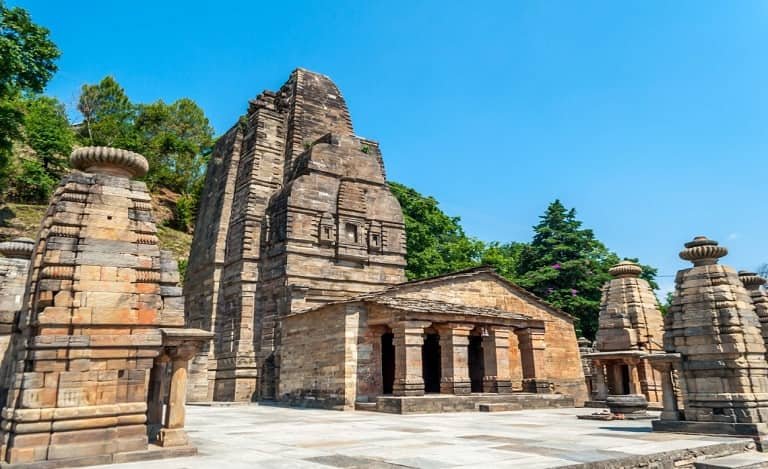

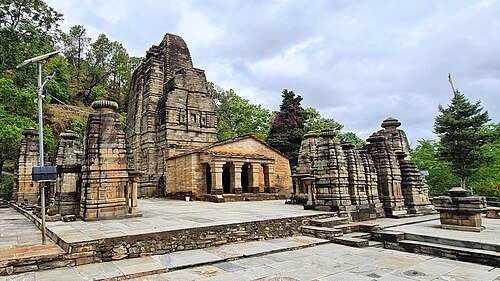


Architecture of the Temple
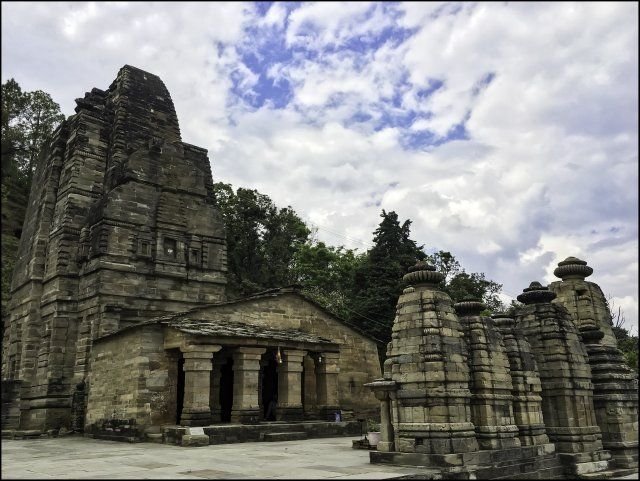
The temple is constructed in the Katyuri style, which combines local Himalayan architecture with Nagara traits. It uses large cut stone slabs, metallic clamps, carved stone pillars, and wooden carved doors and panels.
It has a raised platform (jagati) and the sanctum sanctorum (garbha griha) is oriented eastwards, so that the first rays of the rising sun fall on the deity.
Surrounding the main shrine are about 44‐45 subsidiary shrines. These smaller shrines show similar artistry (stone carving, metal work) although many are in varying states of preservation.
The doors and panels are known for their wooden carvings. Many original wooden doors/panels have been removed to protect them, as some were stolen.
The superstructure (shikhara) height is estimated; the temple has been designed with careful alignment to sun rays.
How to Reach to Temple
| By Air | The nearest airport is Pantnagar Airport, about 120‑130 km from Almora / Katarmal. |
| By Train | The nearest railway station is Kathgodam, approx 90 km (some sources say ~82‑90 km) from Katarmal. From there, one travels by road to Almora and then to Kosi village / Katarmal. |
| By Road / Bus / Taxi | Almora is well connected by roads to other towns. From Almora you can hire a taxi or bus towards Kosi / Hawalbagh / Matela and then to Katarmal. The last stretch involves trekking (approx 2‑3 km) from the nearest road / village to reach the temple. |

Temple Timings

















